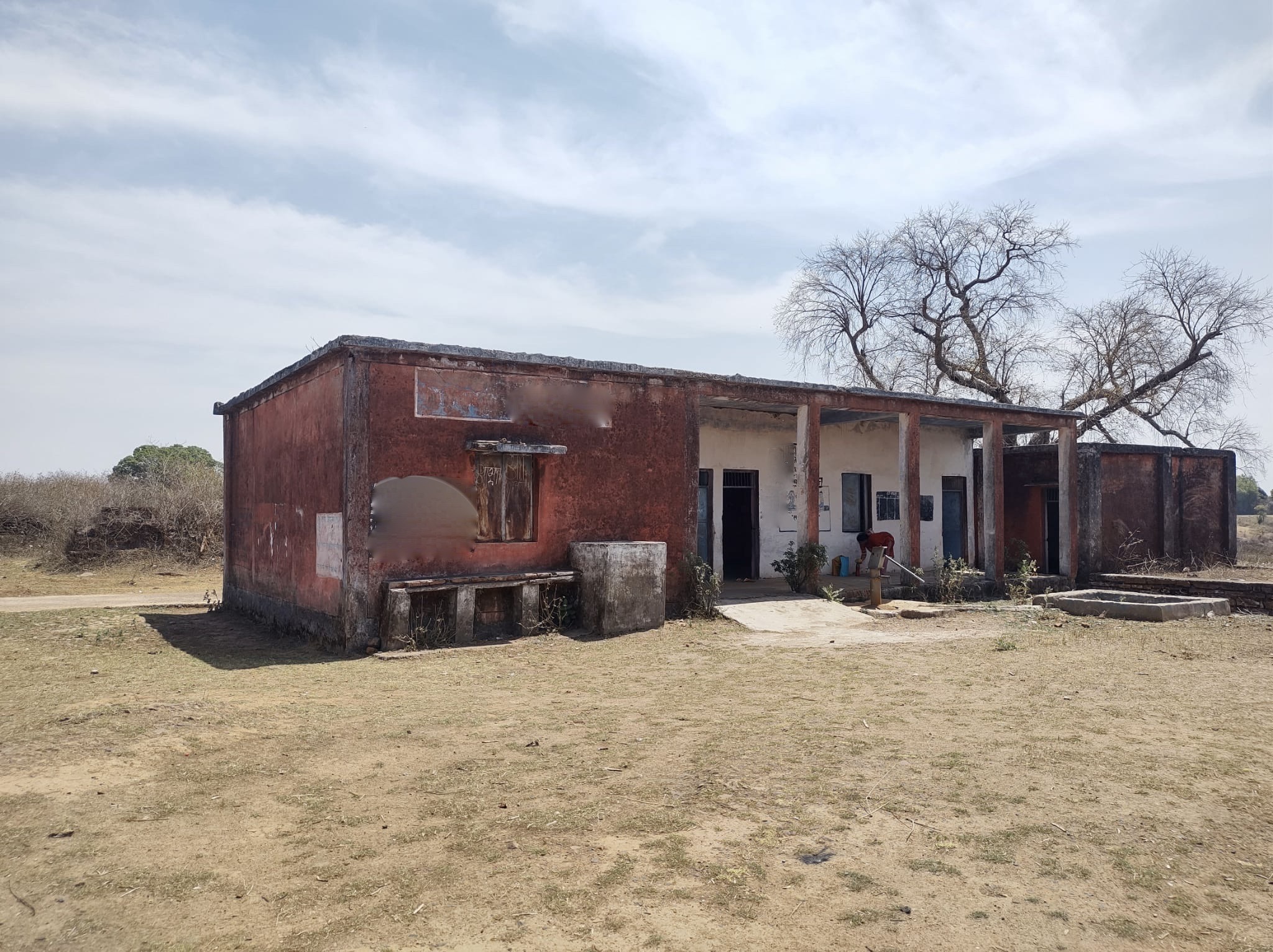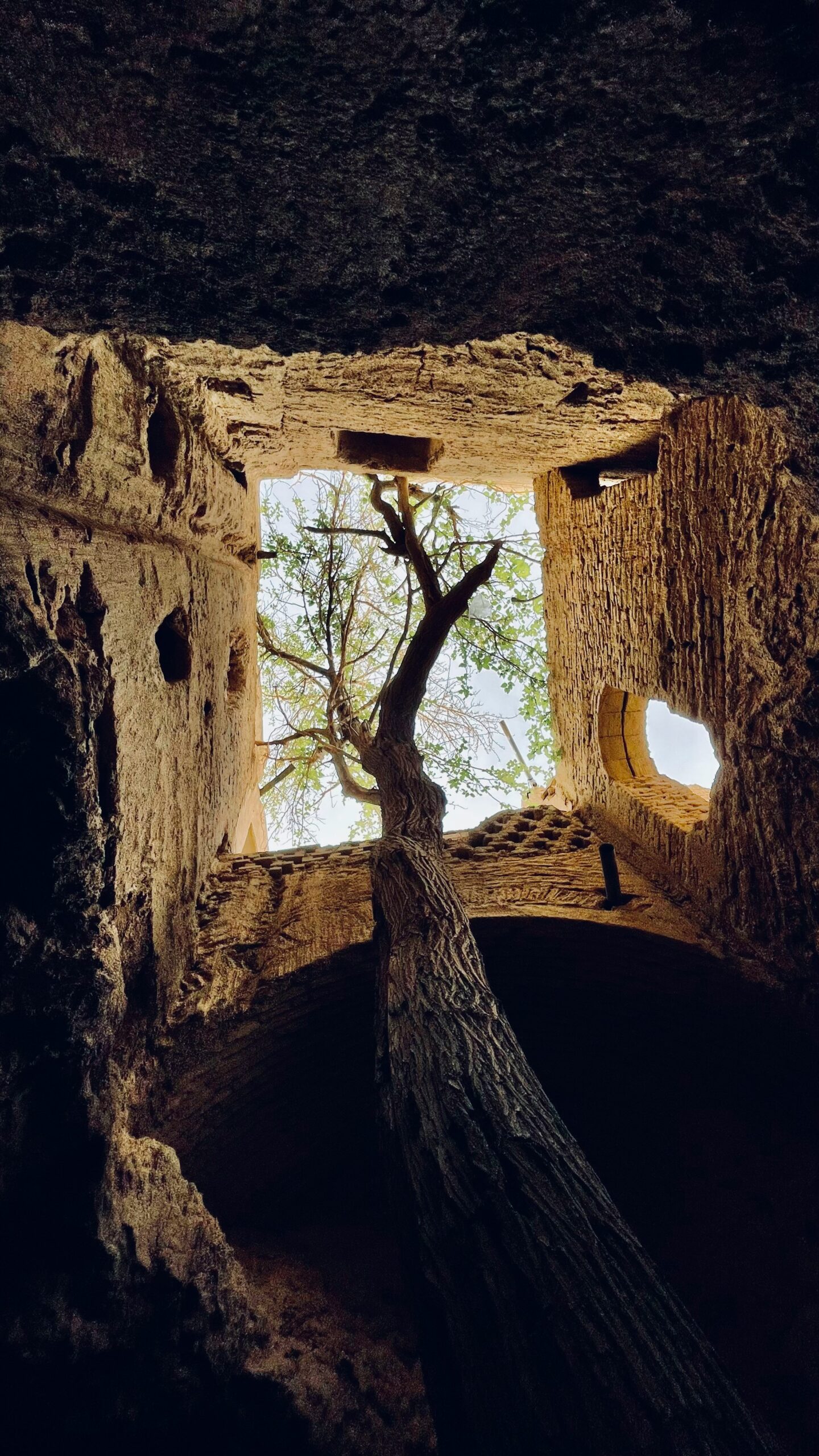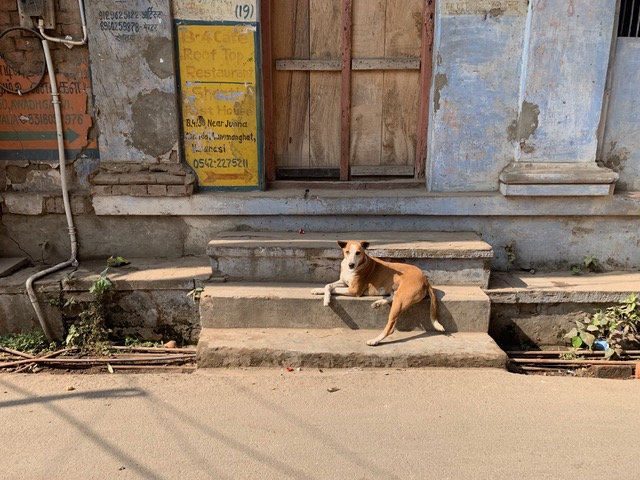Like every day, children came to the Anganwadi—a courtyard shelter for children up to the age of six—but today was different. I saw a girl, around 4–6 years old, sitting alone in a corner, away from the other children. She wore a red T-shirt and jeans—neatly dressed. With a short bob, she quietly played with her T-shirt’s hem using her tiny hands. Her head was down. Sometimes, she glanced at the children playing, sometimes at the walls, then at me, and again, she lowered her head. Her gaze toward the other children seemed to carry a desire for acceptance and inclusion, perhaps. Or maybe it was a sense of exclusion, or a feeling of being socially ostracised. How could I know what’s going on in her mind? It was puzzling and crushing at the same time.
My curiosity led me to ask the Anganwadi helper about the girl. While all the other children were playing together in small groups, why was this child sitting timidly in the corner? The helper looked at her. Her smile slightly faded, her expression turning serious, almost disgusted, yet as if she were trying to hide something. It felt like she didn’t want to say anything, but also didn’t care why the girl was sitting alone. But since I had asked, she had to respond.
She told me the girl had come here after a long time. She usually visits when she comes to see her maternal uncle in the village. “She might be feeling new here and shy,” the helper said. But I still had my doubts. The casteism that hovers over these villages can deeply affect the lives of children too. Yet I couldn’t ask this directly.
I turned my head toward the children again and joined them in play. One by one, I asked who their friends were. None of them pointed towards her. None took the initiative to befriend her. And she didn’t say she was friends with them either. It intrigued me. It raised several questions: What makes children identify these differences? How do they know not to talk to or be friends with another child? Who tells them this? Why are such ideas instilled in them?
It was now afternoon—almost time for the Anganwadi’s mid-day meal, a scheme that provides food to support the children’s nutrition. I was still curious about the child, and the thought of her kept poking at my mind. Meanwhile, I asked my research assistant if she could go and see what was happening in the kitchen. The food hadn’t arrived yet, and the children were beginning to crave it. My research assistant stood up and said she would go and check. She left. After a while, the children began to disperse gradually to wash their hands. The girl in the red T-shirt also left. My curiosity remained stuck with her, lingering in my thoughts.
After a while, I saw my research assistant walking back to the Anganwadi with the cook, carrying food for the children. It was rice and brinjal curry—mostly water with a few pieces of brinjal, lacking any real quality when served to the children.
As I watched the children eat, my research assistant whispered to me, “Sir, the girl you were asking about—she also came toward the kitchen while I was sitting and talking to the cook. But when she was about to enter, one of the helpers shouted, ‘Don’t let that Chamar girl enter the kitchen,’ and they shooed her away.”
Author’s Note:
‘A Girl in a Red T-shirt’ invites us to reflect on the intersections of caste, care, food, and the programs meant to nurture children. Her presence reveals how, within the folds of social structures, caste continues to shape the everyday lives of young children.
Author Bio:
Harshal Sonekar is a fourth-year PhD candidate in Anthropology and Sociology at the Graduate Institute of International and Development Studies in Geneva. His research examines the politics of (mal)nutrition and food policy in India, situating caste within a broader historical context to analyse the persistence of malnutrition among Dalits
Banner Image Credits: The author



